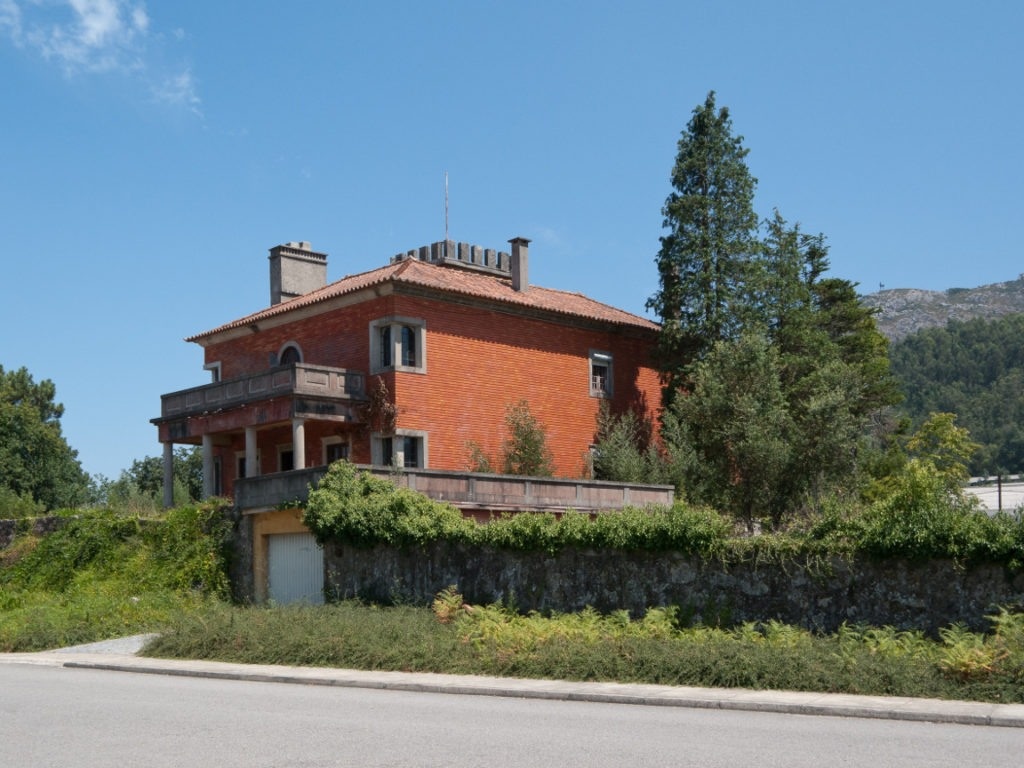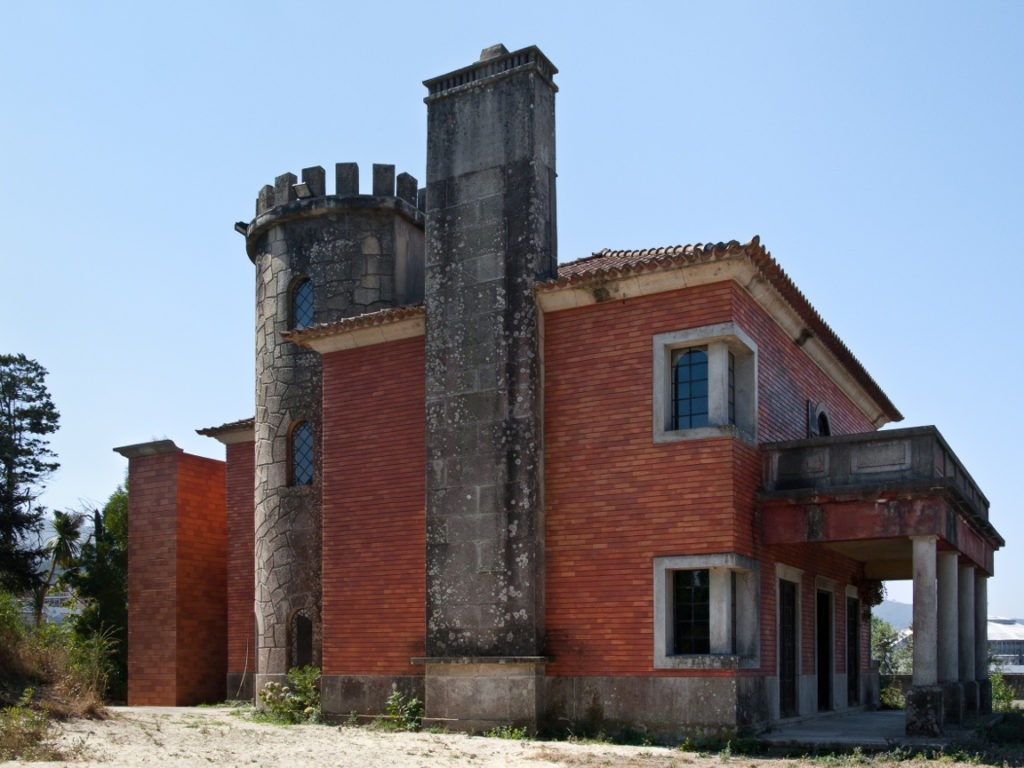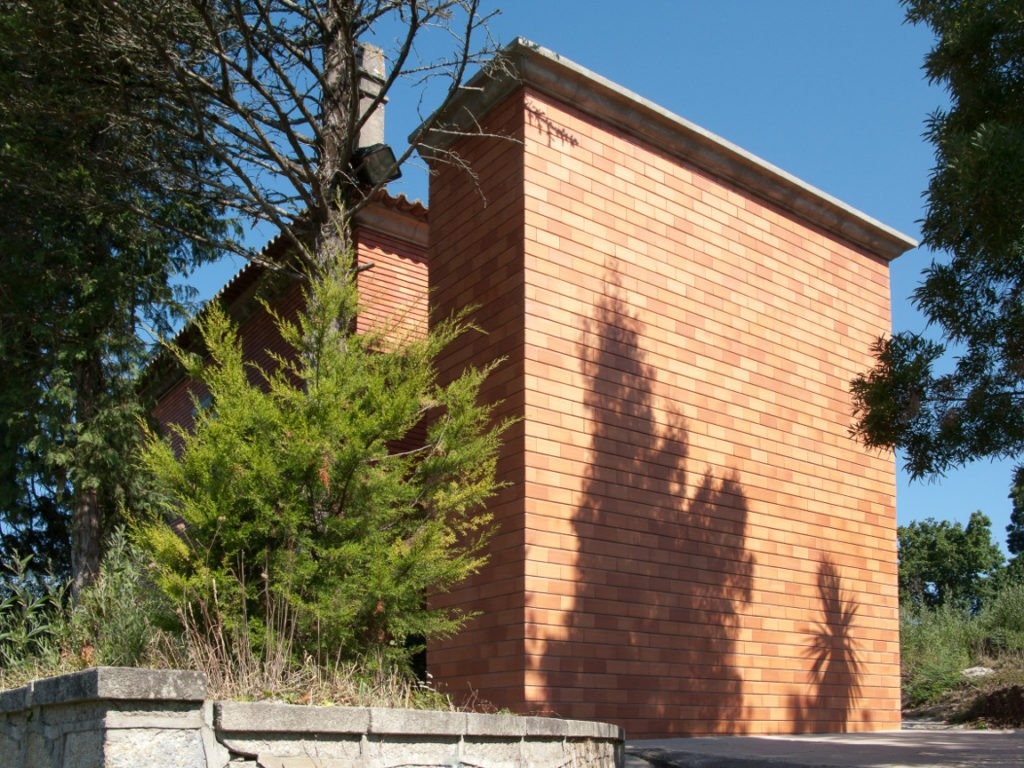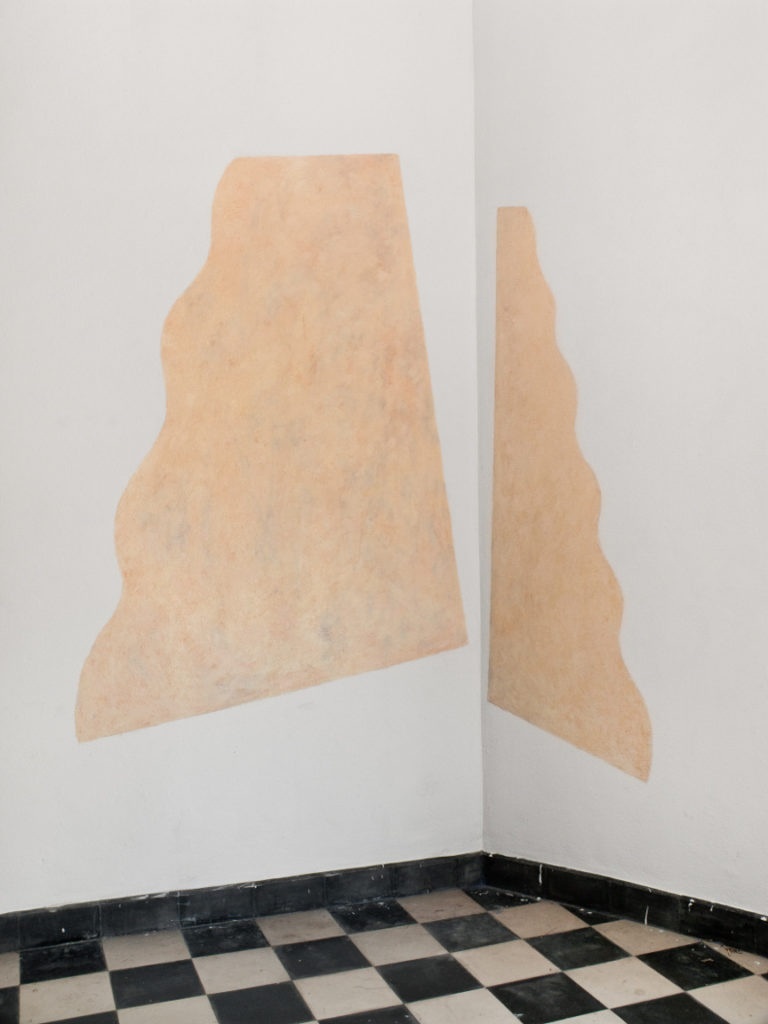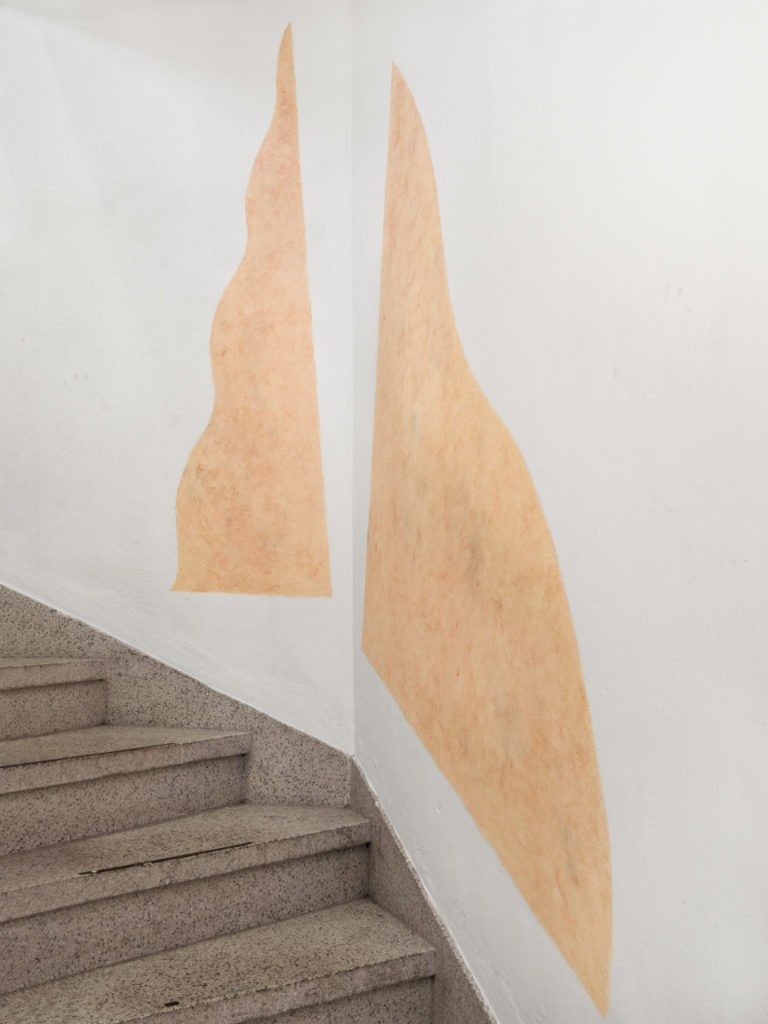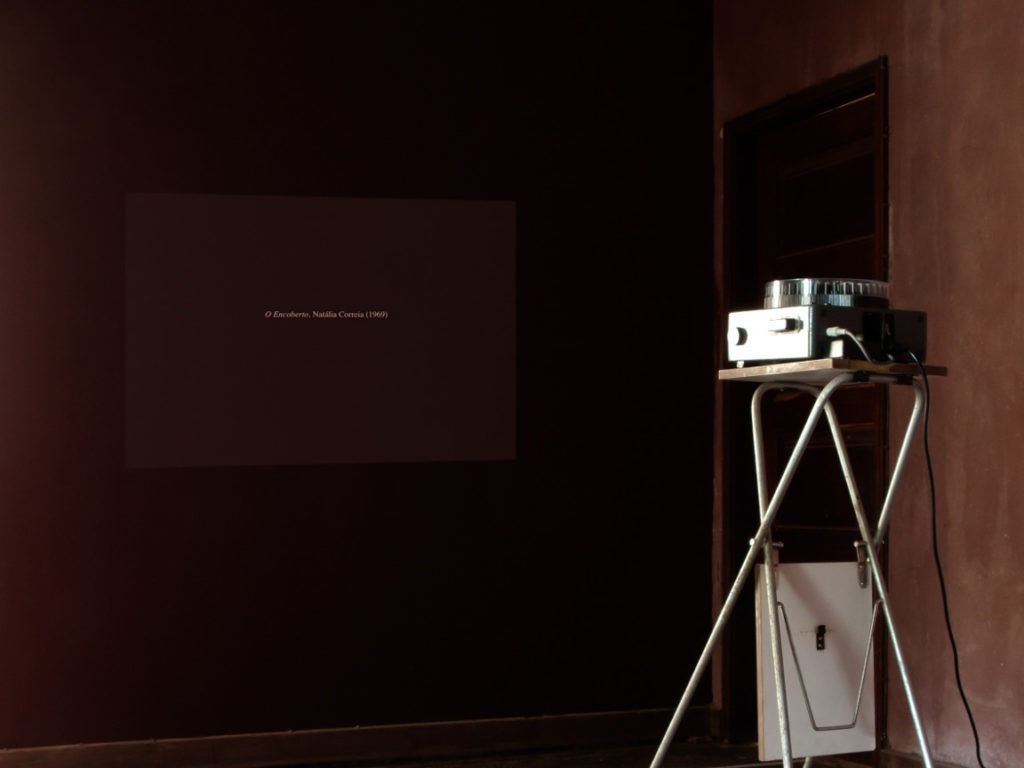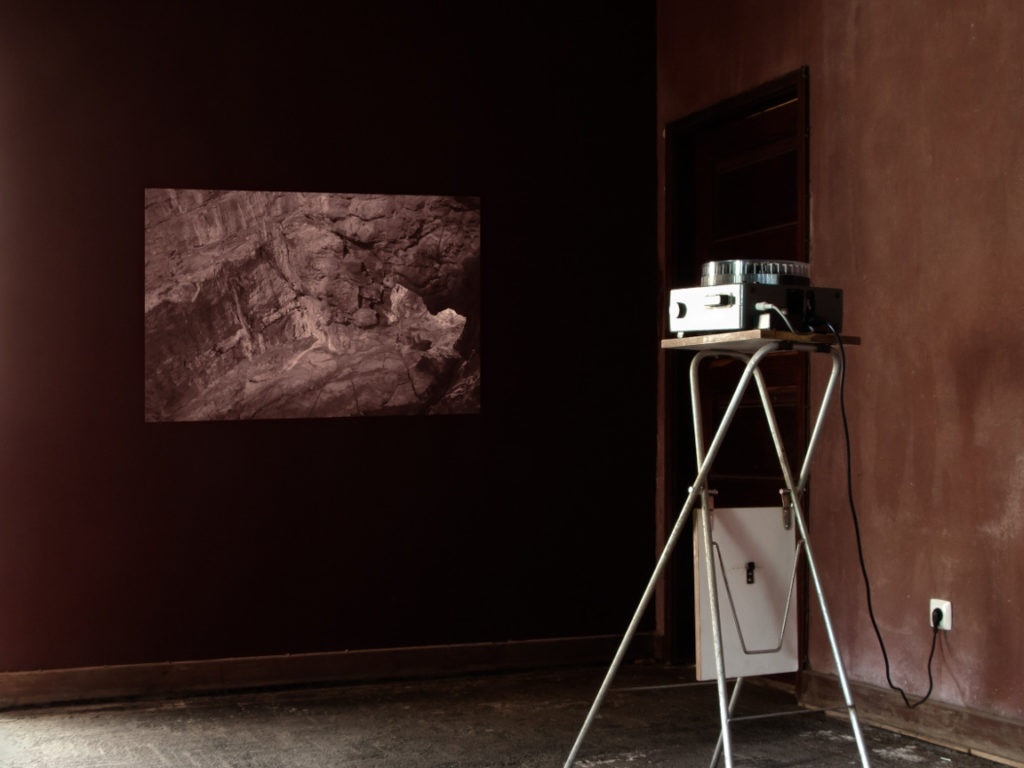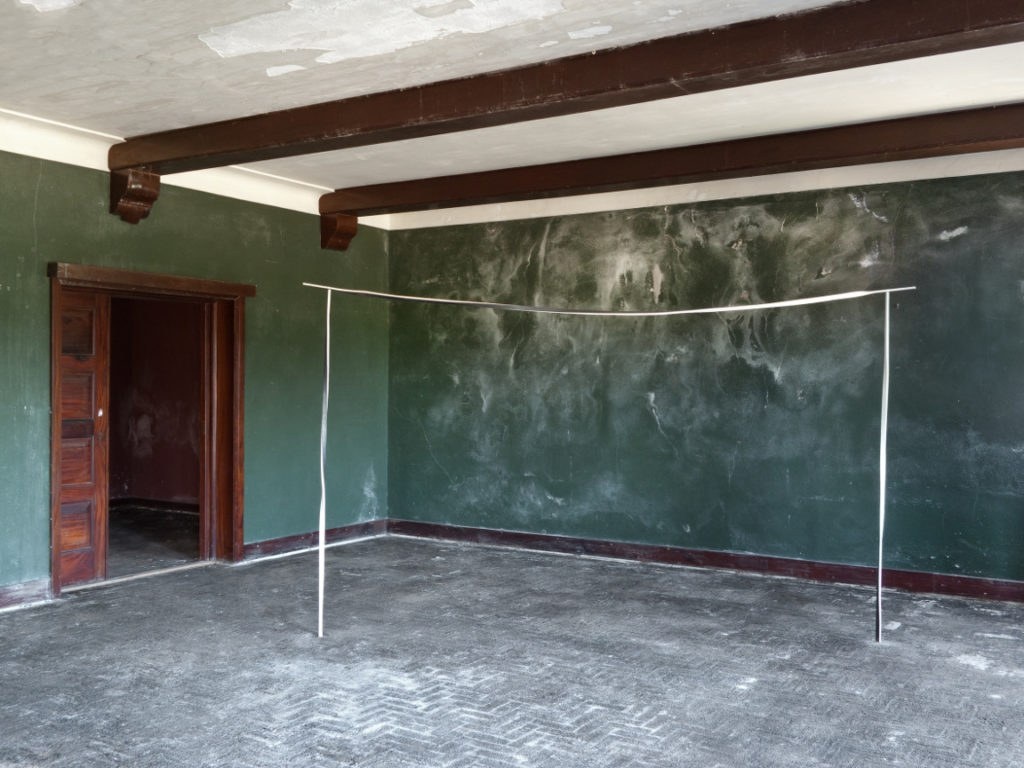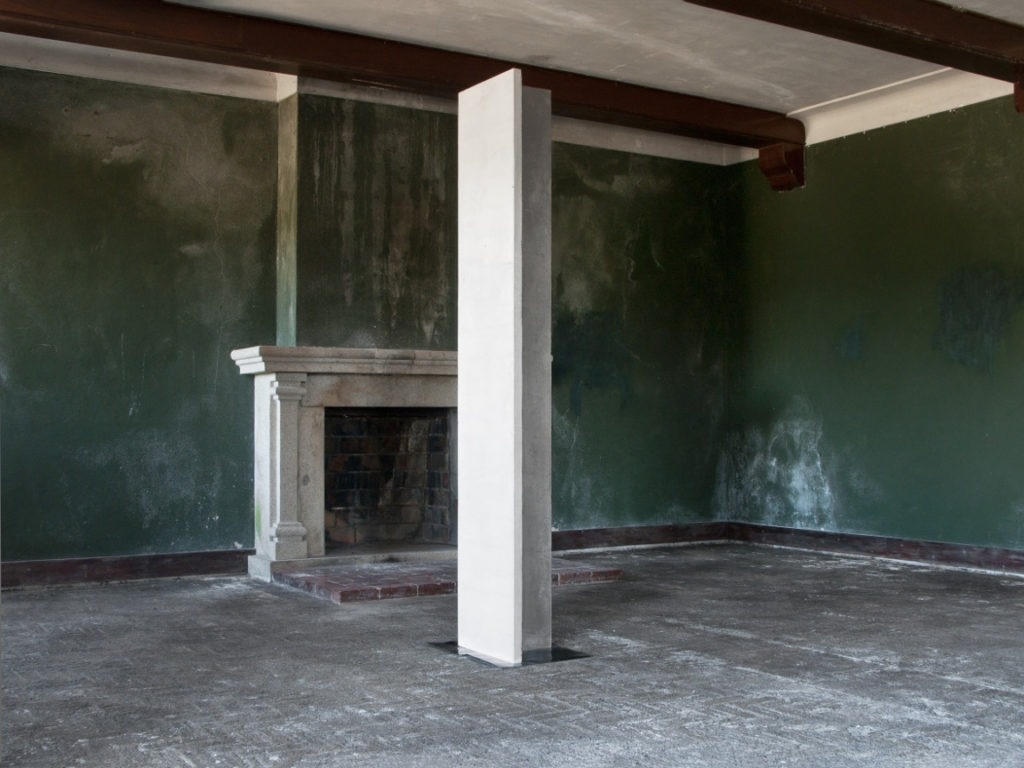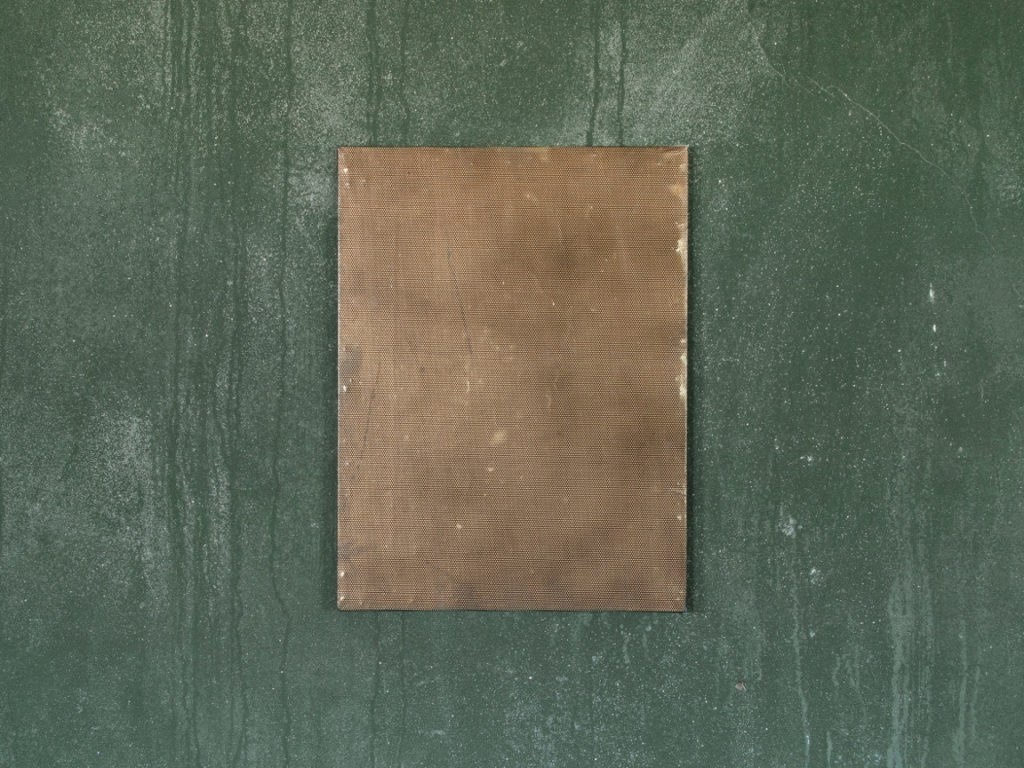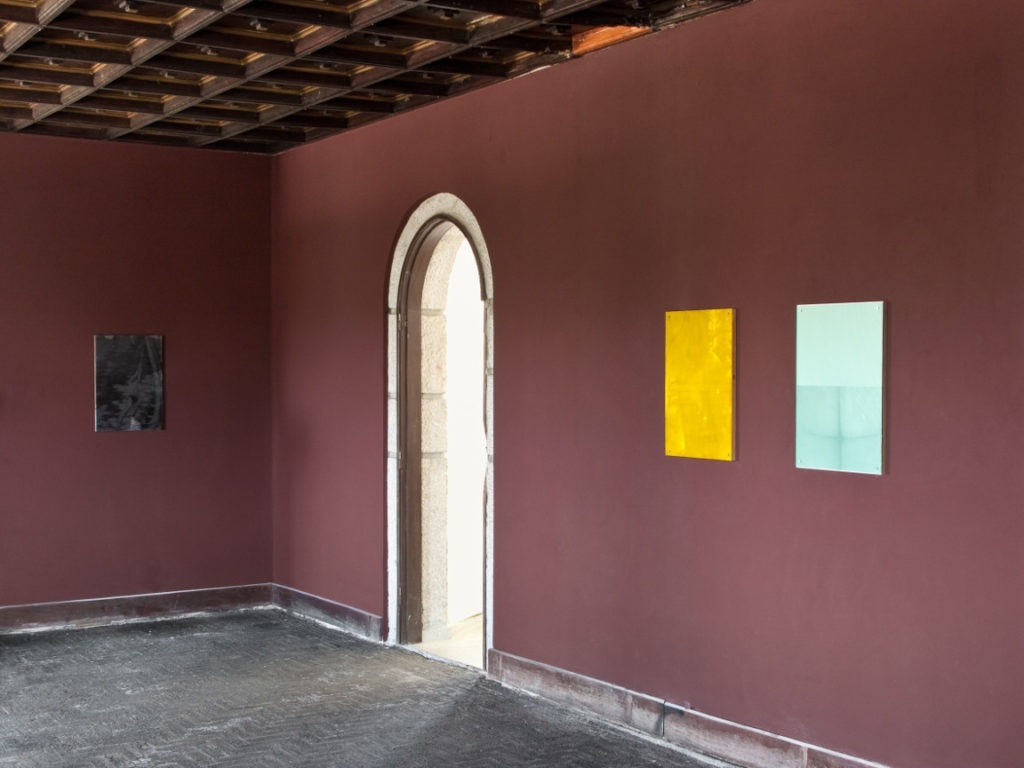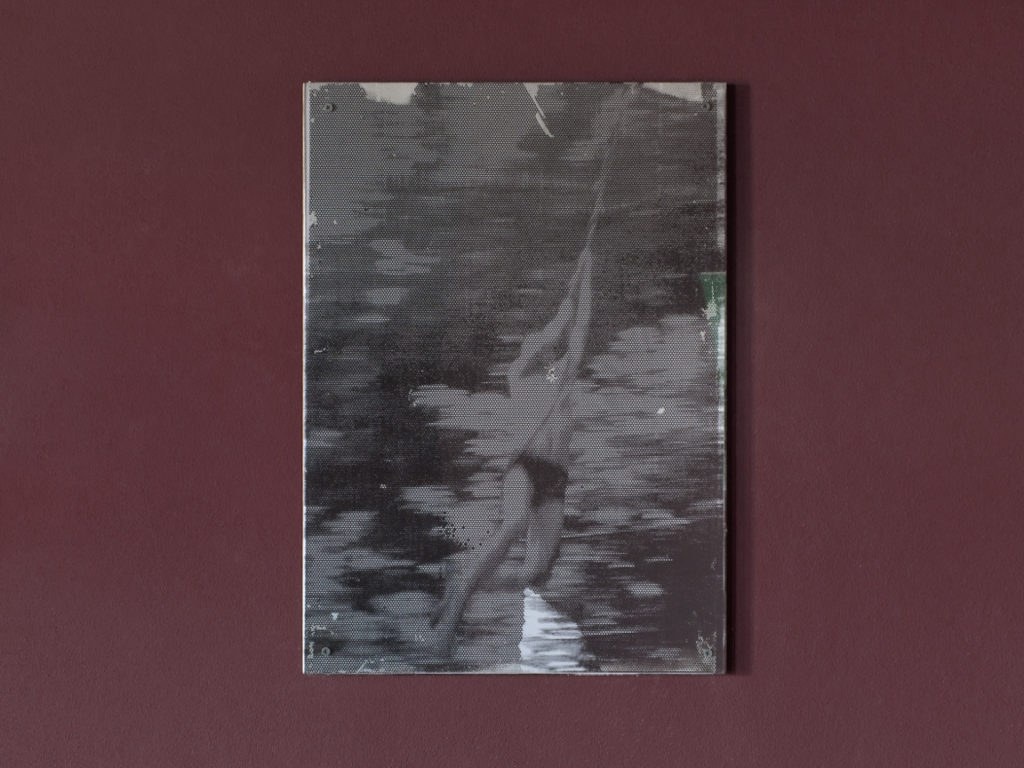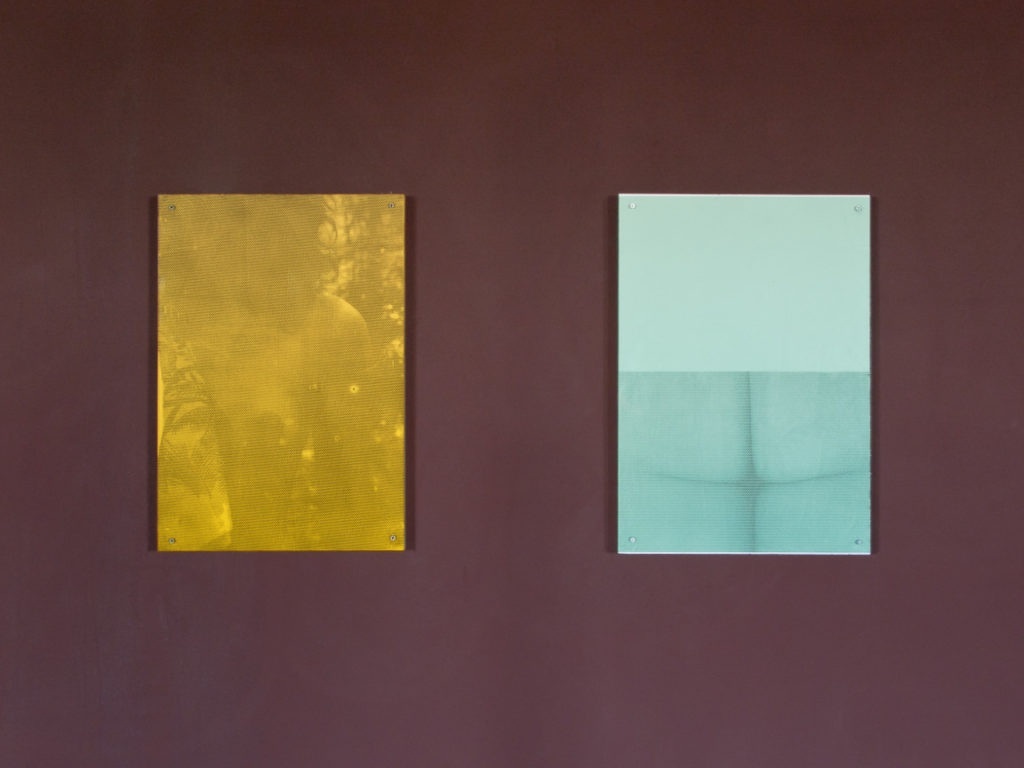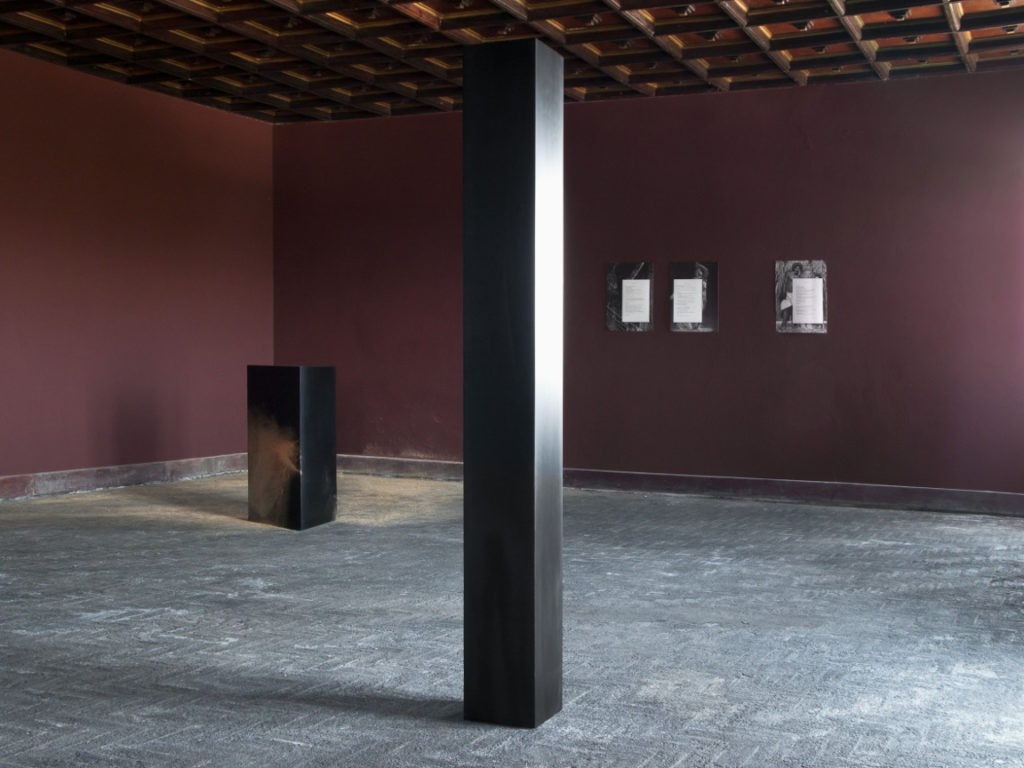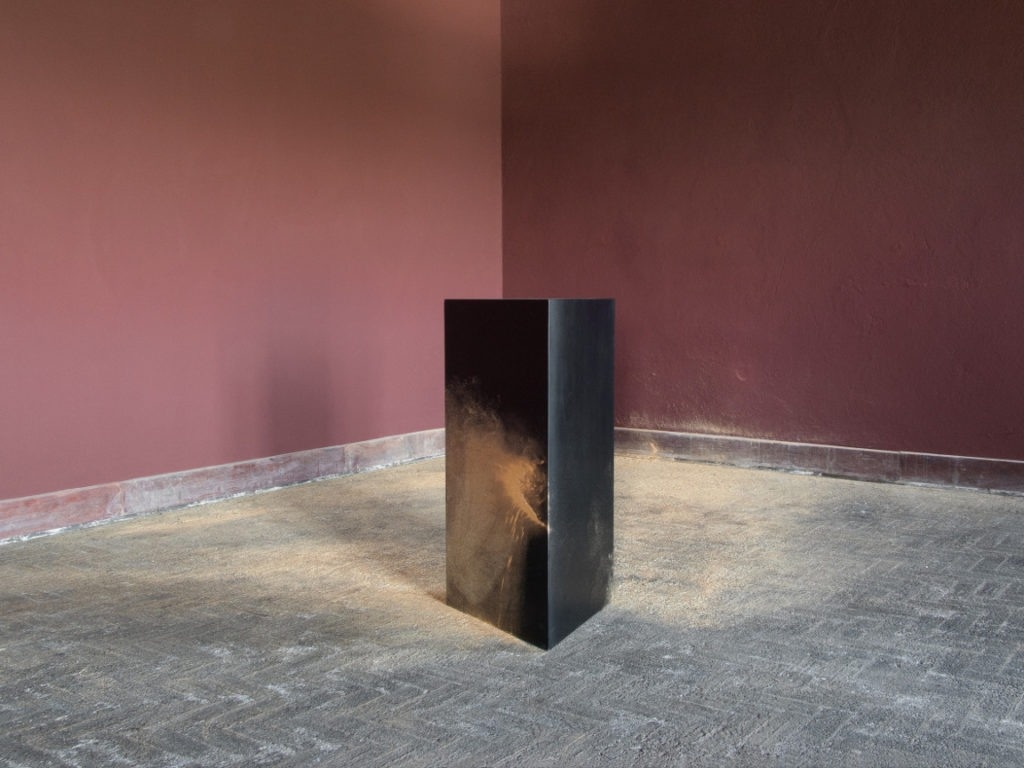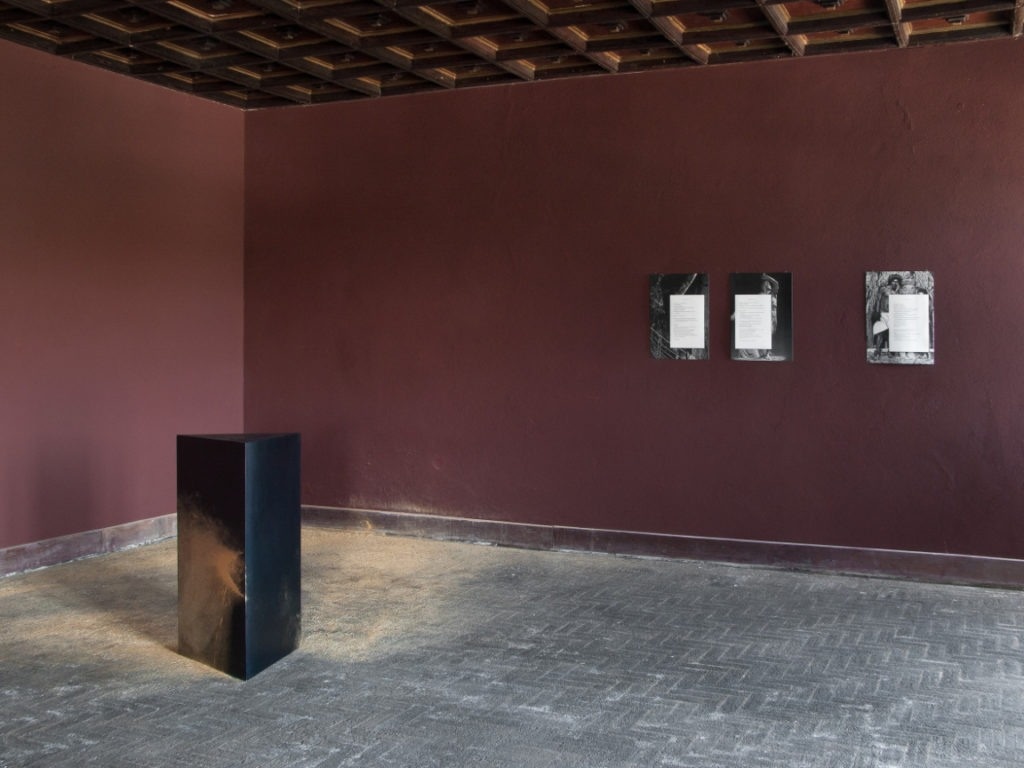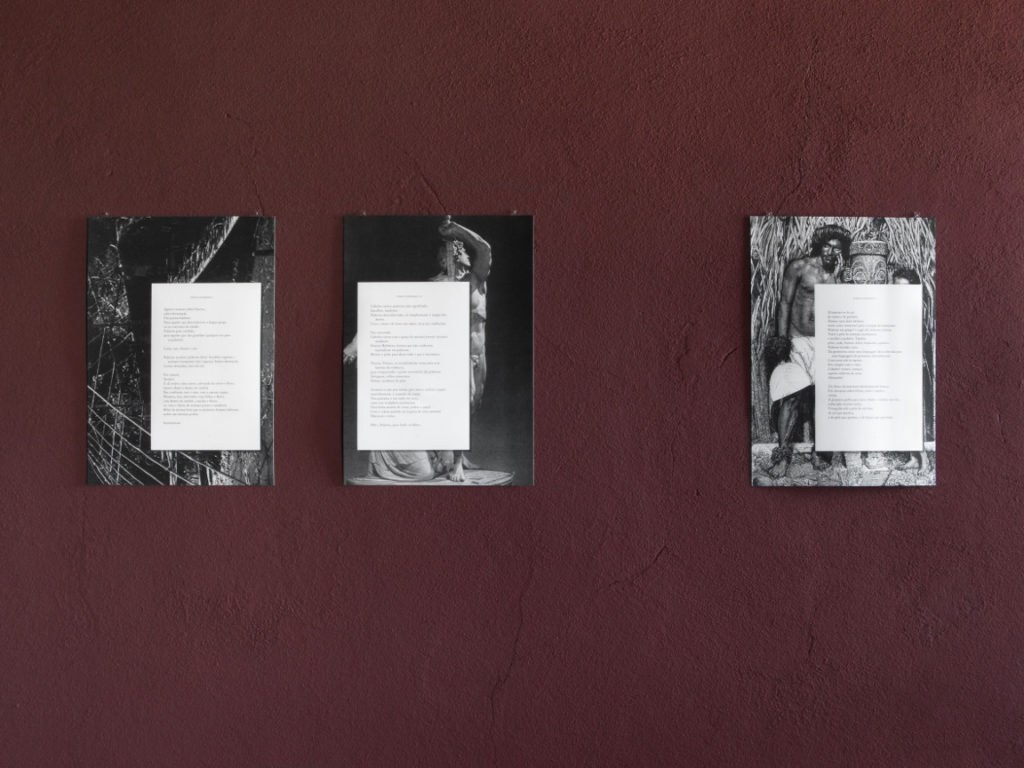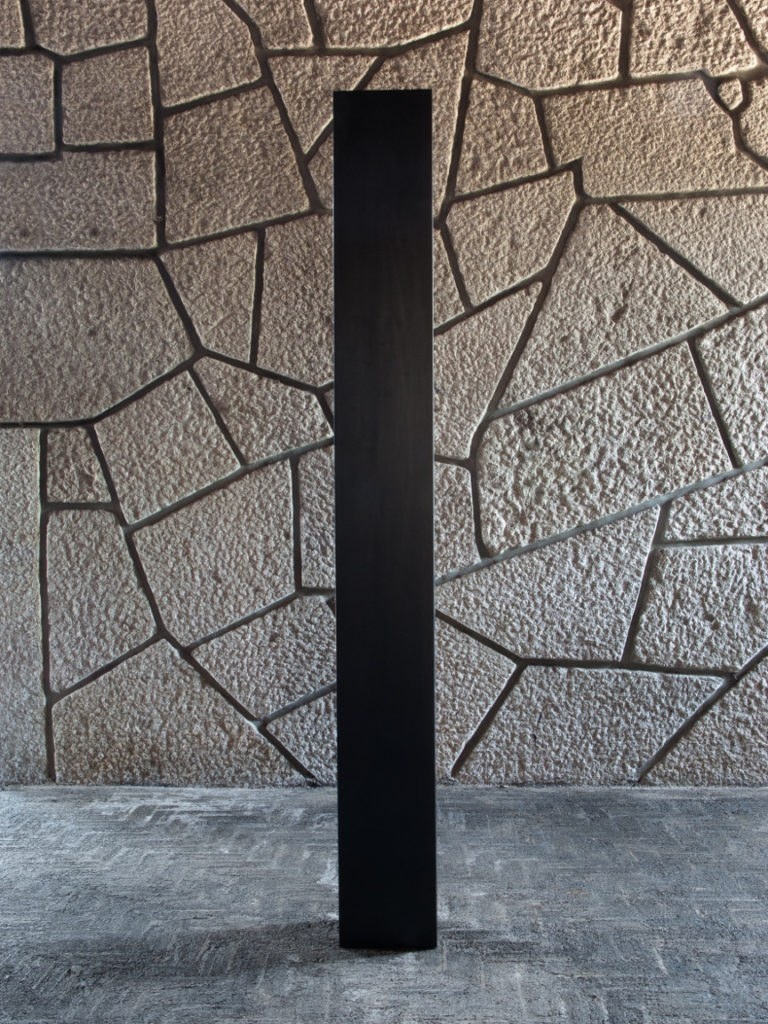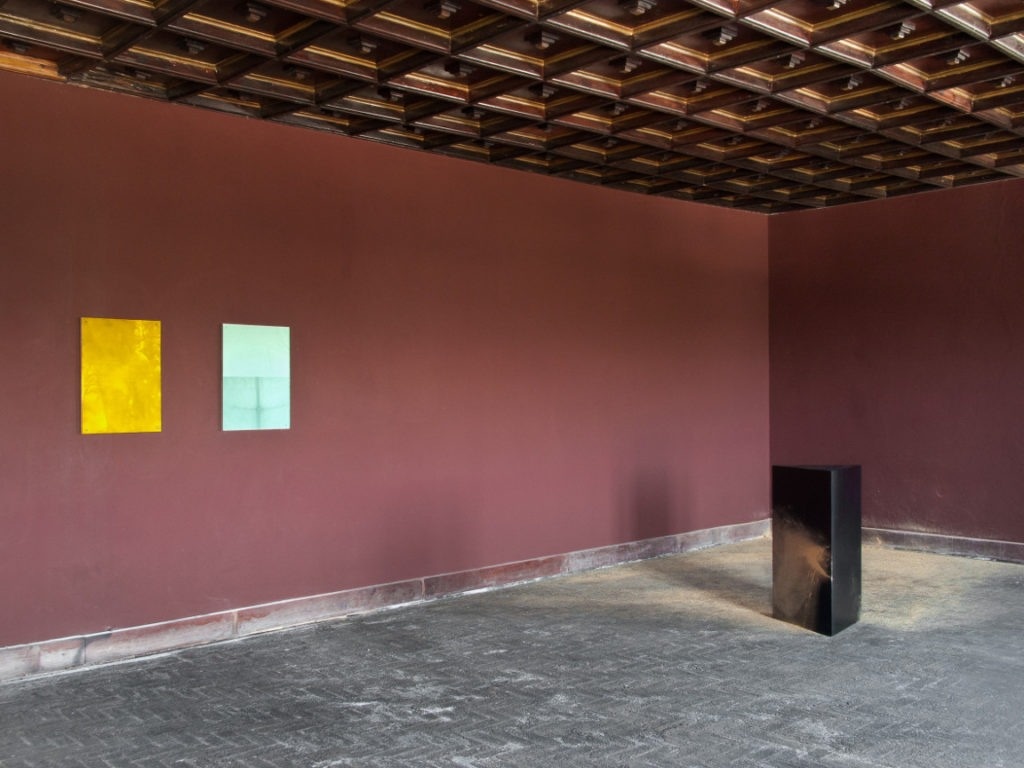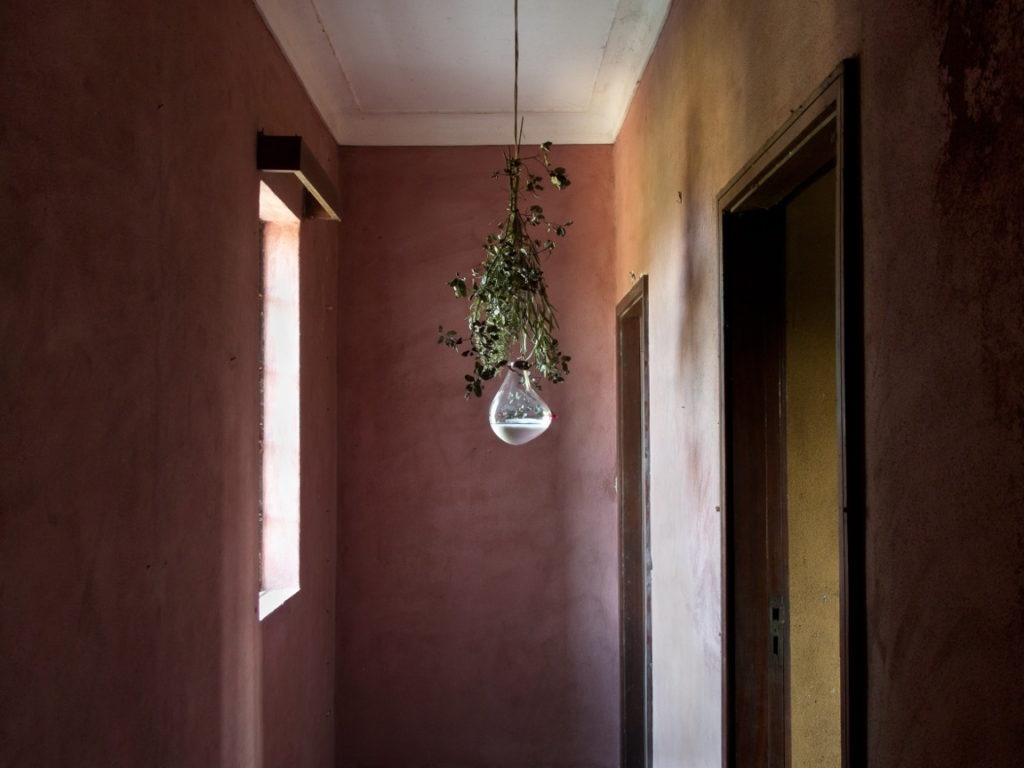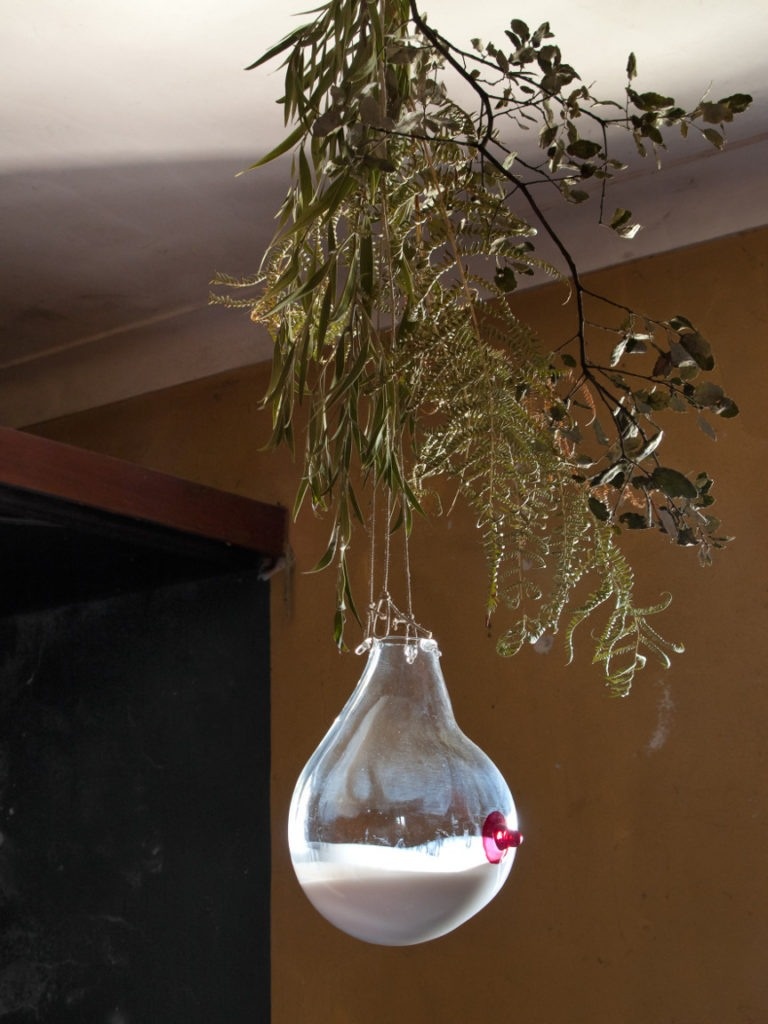André Romão, António Bolota, Bruno Cidra, Diogo Evangelista, Francisco Tropa, Gonçalo Sena, João Queiroz, Nuno da Luz e Pedro Barateiro: How to protect oneself from the tiger
16ª Bienal de Cerveira, Vila Nova de Cerveira
How to protect oneself from the tiger: departs from a wide, fluid and potentially contradictory understanding of the notion of community as a social and identity materialisation of the concept of network, theme around which the 16th edition of Biennial of Cerveira is built. More specifically, the project will try to be not only a reflection, but most of all an exercise about the possibilities of being in community. This community, defined by a physical space, an unoccupied building in Avenida da Liberdade, in Lisbon, but not exclusively limited to it, is composed, mostly, by a group of artists who own a studio, show their work and socialize in the building as well as in the social places in the surrounding area. The community, being so vaguely built, does not possess a fixed shape or a stable image. From that point of view, it is fluid, changeable and cannot be defined, unlike traditional communities, by a shared group of pre-established values. Also, unlike traditional artistic communities (such as artistic movements), it is not supported by any stylistic proximity, ideological or aesthetic association. This community, on the contrary, tends to base its existence on two essential pillars: sociability and solidarity.
Thus, sociability and solidarity are central elements in defining, maintaining and understanding this network of multiple connections among artists. Also, as it has already been mentioned before, any aesthetical or ideological proximity will always be incidental, never the result (nor the desire) of the establishment of an organized movement inside a national, or even international, artistic panorama. Therefore, How to protect oneself from the tiger: can never be seen as the attempted crystallization of a specific moment in the contemporary art practice, nor as a premature exercise of in loco historiography. It is, on the contrary, worth celebrating, more than delimitating, an extremely productive and exciting dynamic, which has been spreading and expanding from a concrete site (a central focus), through a logic based on friendship and mutual help. The purpose is not to define a movement or style, attempt that would, in fact, fail immediately, but to explore the possibility of thinking of alternative existences in community, of alternative actions and, most of all, to try to resist the logic and precarious conditions imposed by the neo-liberal dynamics, through sociability and solidarity mechanisms, that, even though they might be seen as something that defines a community, are always centred in a thought of the individual’s existence and primacy.

